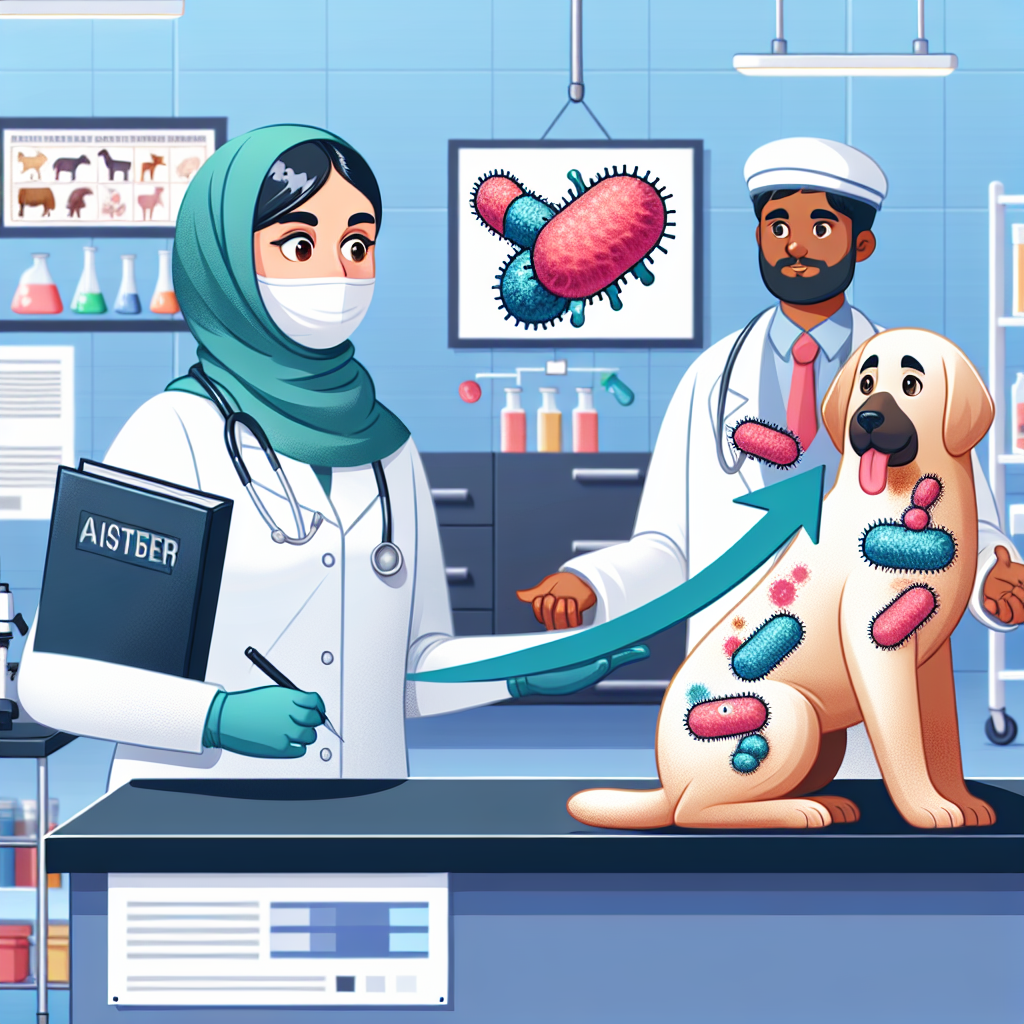Bacterial diseases in animals pose a significant threat not just to wildlife and livestock but also to human health. The alarming rise in zoonotic diseases—those that can be transmitted from animals to humans—has far-reaching implications for public health, agriculture, and global economies. Understanding the intricate mechanisms of bacterial diseases in animals and their transmission pathways to humans is crucial for prevention and control. This article delves deeply into these mechanisms, offering valuable insights that can help you navigate this complex and often overlooked issue.
Exploring the Mechanisms of Bacterial Diseases in Animals
Bacterial diseases in animals manifest through various mechanisms, often exploiting the host’s biological systems to thrive and propagate. Pathogenic bacteria possess specialized strategies, such as adhesion factors and toxins, that allow them to invade host tissues effectively. For instance, Streptococcus and E. coli can attach to epithelial cells in the gastrointestinal tract, leading to infections that may compromise the animal’s health and wellbeing. By understanding these mechanisms, we gain critical insights into how these bacteria establish infections, evade the immune response, and spread within populations.
In addition to direct infection, bacteria can also induce diseases indirectly. Some pathogens affect the host’s microbiome—the complex community of microorganisms that inhabit the body—resulting in dysbiosis. This imbalance can lead to secondary infections or make the host more susceptible to other diseases. For example, the bacterium Clostridium difficile can proliferate when the normal gut flora is disrupted, frequently after antibiotic use, leading to severe gastrointestinal issues in animals. Recognizing these indirect pathways is essential for developing effective treatments and management strategies.
The interplay between bacterial virulence factors and host immunity is another crucial aspect of bacterial diseases in animals. Certain bacteria have evolved mechanisms to evade or suppress the immune response, allowing them to persist and multiply within the host. For example, some strains of Salmonella can manipulate the host’s immune cells to create a favorable environment for their survival. Understanding these interactions not only enhances our knowledge of animal health but also sheds light on potential therapeutic targets for intervention.
Transmission Pathways: From Animals to Humans Explained
Transmission of bacterial pathogens from animals to humans occurs through various mechanisms, each with distinct characteristics and challenges. The most common pathways include direct contact, consumption of contaminated food or water, and exposure to infected environments. For instance, handling infected animals or their products can lead to transmission of zoonotic diseases such as Brucellosis or Campylobacteriosis. Awareness of these contact-based transmission routes is essential for individuals working in agriculture, veterinary medicine, or other related fields.
Contaminated food sources represent another significant transmission pathway. Bacteria such as Salmonella and Listeria can infiltrate the food supply through infected animal products, including meat, dairy, and eggs. Improper food handling, inadequate cooking, or cross-contamination can facilitate the spread of these pathogens. Preventive measures such as proper cooking techniques, food safety practices, and stringent hygiene standards are critical in curbing these transmission routes and protecting public health.
Environmental reservoirs also play a pivotal role in the transmission dynamics of bacterial diseases. Water sources contaminated with fecal matter from infected animals can harbor pathogens that, when ingested by humans, lead to severe health consequences. For example, outbreaks of Leptospirosis often occur after heavy rainfall when contaminated runoff enters drinking water supplies. Understanding these environmental connections is essential for implementing effective public health interventions and ensuring the safety of our water supplies.
The landscape of bacterial diseases in animals and their transmission to humans is complex and multifaceted. By exploring the mechanisms behind these diseases and the various transmission pathways, we can equip ourselves with the knowledge necessary for prevention and control. This understanding is vital not only for safeguarding animal health but also for protecting human populations from emerging zoonotic threats. As we continue to face new challenges in public health, the insights gained from studying these bacterial pathogens will prove invaluable. Stay informed, practice good hygiene, and advocate for public health measures that address these critical issues head-on.
Essential Strategies for Preventing Viral Infections EffectivelyEssential Strategies for Preventing Bacterial InfectionsUnderstanding the Mechanisms of Virus and Bacteria TransmissionRelevant LinkRelevant LinkRelevant LinkUnderstanding Lower Back Pain Linked to COVID-19: Insights and ManagementUnderstanding COVID-19: Navigating Loss of Appetite ChallengesUnderstanding COVID Laryngitis: Symptoms, Causes, and TreatmentRelevant LinkRelevant LinkRelevant Link
